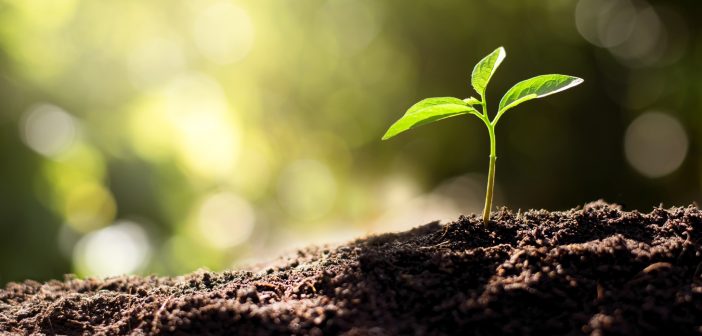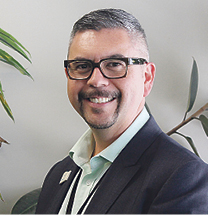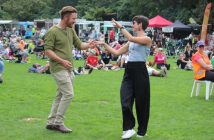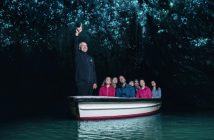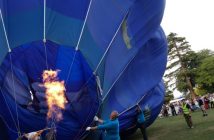‘Sustainability’ is now a mainstream buzzword that has been talked about for the past 20 years or more, especially in corporate New Zealand.
Quadruple bottom-line reporting and initiatives such as carbon zero, energy efficiency, water conservation and recycling and reusing are familiar tactics to the sustainability journey. However, the new language of sustainability includes the living wage, host communities, well-being and a social licence to operate.
In the New Zealand context, sustainability is simply kaitiakitanga – guardianship of our land, water, air, people, culture and communities for future generations. Tourism is no different from any other sector which needs to ensure it continues to develop in a sustainable manner.
The New Zealand Tourism Sustainability Commitment was launched by Tourism Industry Aotearoa in 2017 and covers the four key areas of economic, environmental, visitor and host community. There are 14 goals which are a holistic approach to operating a successful and sustainable business in any sector. Some of our operators are also taking this further, adding additional goals such as embracing tikanga and te reo Māori into their everyday business activities.
Since its launch, we’ve had a number of Waikato tourism and hospitality businesses sign up to the Sustainability Commitment and many additions have been made to the programme. One of the key initiatives includes the development of the Tiaki Promise which helps educate and inspire travellers to New Zealand to care for people, place and culture, for now and future generations. There are free resources available which you can also personalise for your business. To find out more, visit www.tiakinewzealand.com
Another new initiative has been the recent partnership between Tourism Industry Aotearoa and Enviro-Mark Solutions which will support tourism operators to measure, manage and reduce their climate and environmental impacts. You can’t manage what you don’t measure, so having a robust baseline measurement framework is essential to be able to track and reduce emissions.
Locally, we’ve already had a number of examples of our tourism operators embracing the sustainability journey, with many embedding the values into the foundation of the way they do business.
Zealong Tea Estate is our country’s only commercial tea estate which is not only award-winning but also 100 percent certified organic, traceable and produced without compromise.
Discover Waitomo has been working closely with the Waitomo Catchment Trust, the Waikato Regional Council and the QEII Trust on catchment restoration projects by supporting fencing to exclude stock from waterways and planting riparian margins of streams and wetlands. Since 2015, this collaboration has resulted in planting 21,200 trees and 17,178 metres of fencing. They also manage more than 500 pest and bait traps covering 16ha of Waitomo’s reserve and recently created a New Zealand first with the Ruakuri Cave and Visitor Centre being entirely off-grid using the renewable energy of the sun.
Staying in Waitomo, cave tour operator Glowing Adventures achieved carbon-zero status when it measured and off-set 120 percent of the CO2 emissions of its daily operations during 2018, including electricity, waste, freight and company vehicles.
Hobbiton Movie Set recently won Hospitality New Zealand’s Environmental/Sustainable Business Award for their ongoing commitment to reduce their footprint and also succeeded in making their staff and customers an enthusiastic part of the journey. Key initiatives have included all daily waste being sorted and composted, removing single-use plastic items, strict purchasing policy on the sustainable sourcing of supplies and developing a Community Partnership Programme to support local events.
And it’s not just tourism operators committed to reducing their environmental impact, with our largest annual event, Fieldays hosted at Mystery Creek, measuring and tackling the waste and energy challenge for over seven years. Some key highlights from last year’s Fieldays included recycling around 3300kg of waste, increased take-up of the free public transport options by attendees and moving from printed hand-outs and tickets to a digital, mobile app system.
These are just a few examples of our sector working hard to improve the well-being of our region, its communities and its people. There are many more and we will continue to work on improving our sustainability journey.
We are also keen to bring others with us across the Mighty Waikato region, so feel free to find out more, read the case studies and download ‘how to’ checklists at: www.sustainabletourism.nz
Hamilton & Waikato Tourism is the regional tourism organisation charged with increasing international and domestic leisure and business travellers, expenditure and stay. The organisation is funded through a public/private partnership and covers the heartland Waikato areas of Hamilton City, Matamata-Piako, Otorohanga, South Waikato, Waikato, Waipa and Waitomo Districts. Find out more: www.waikatonz.com

